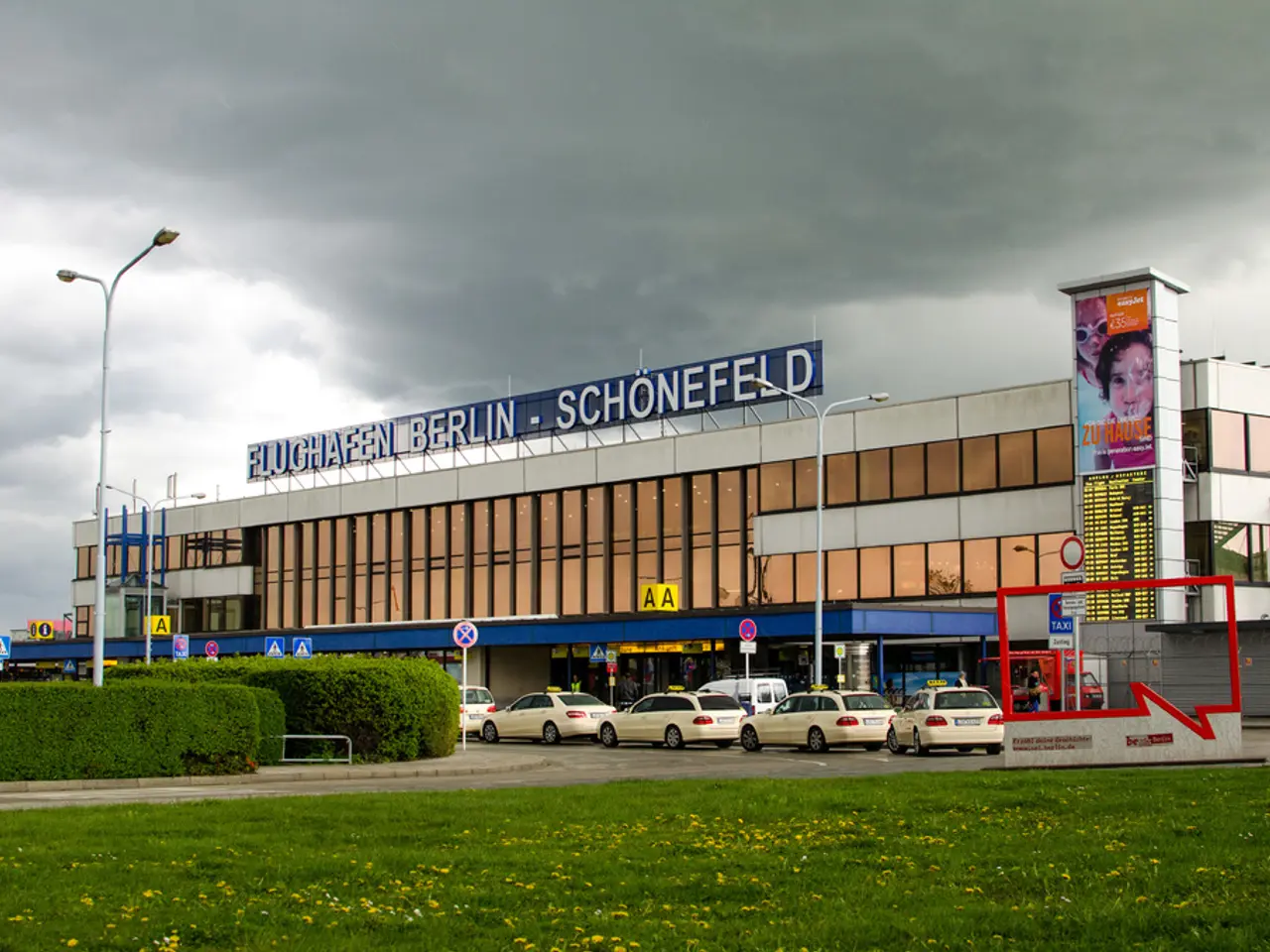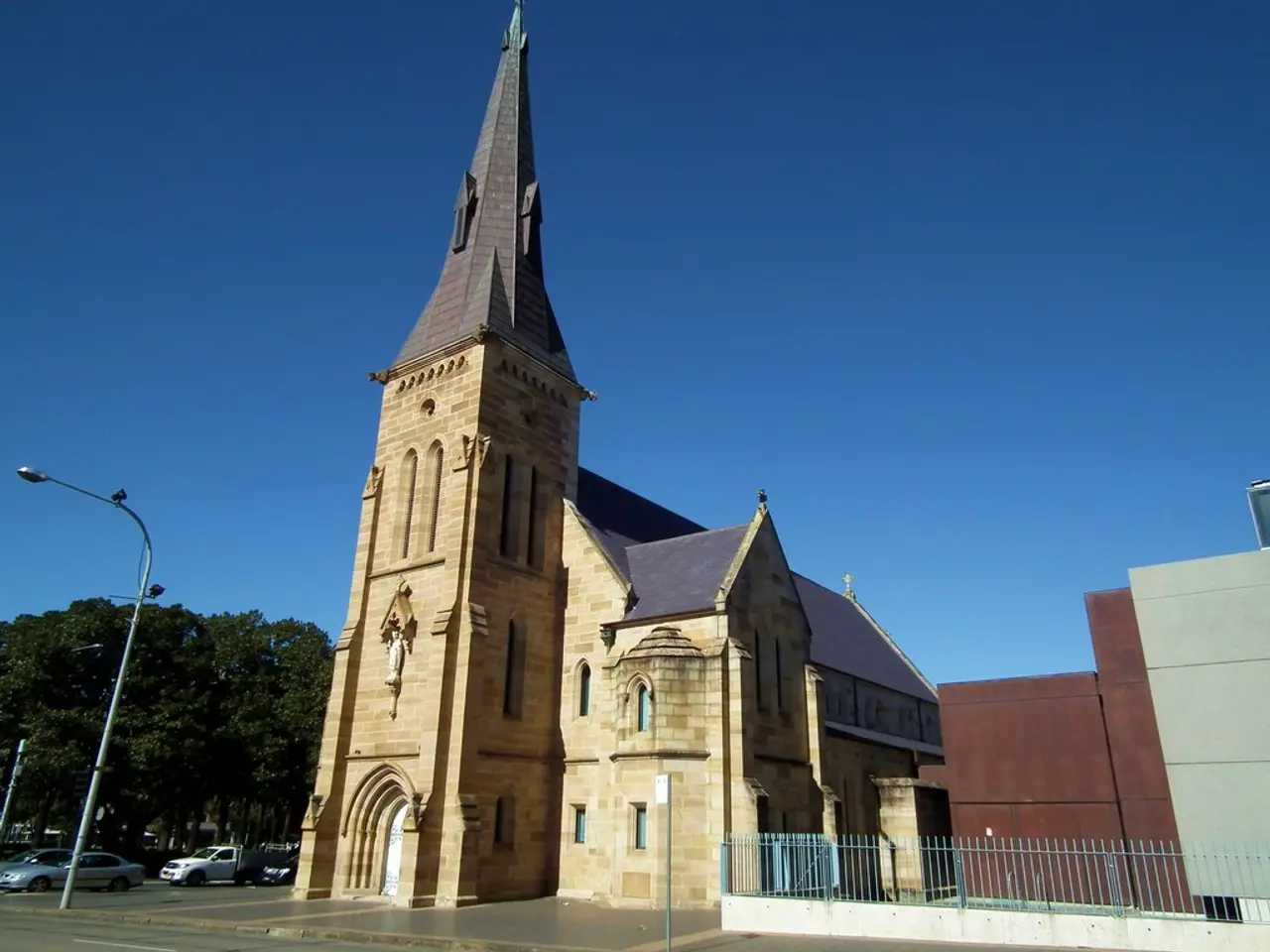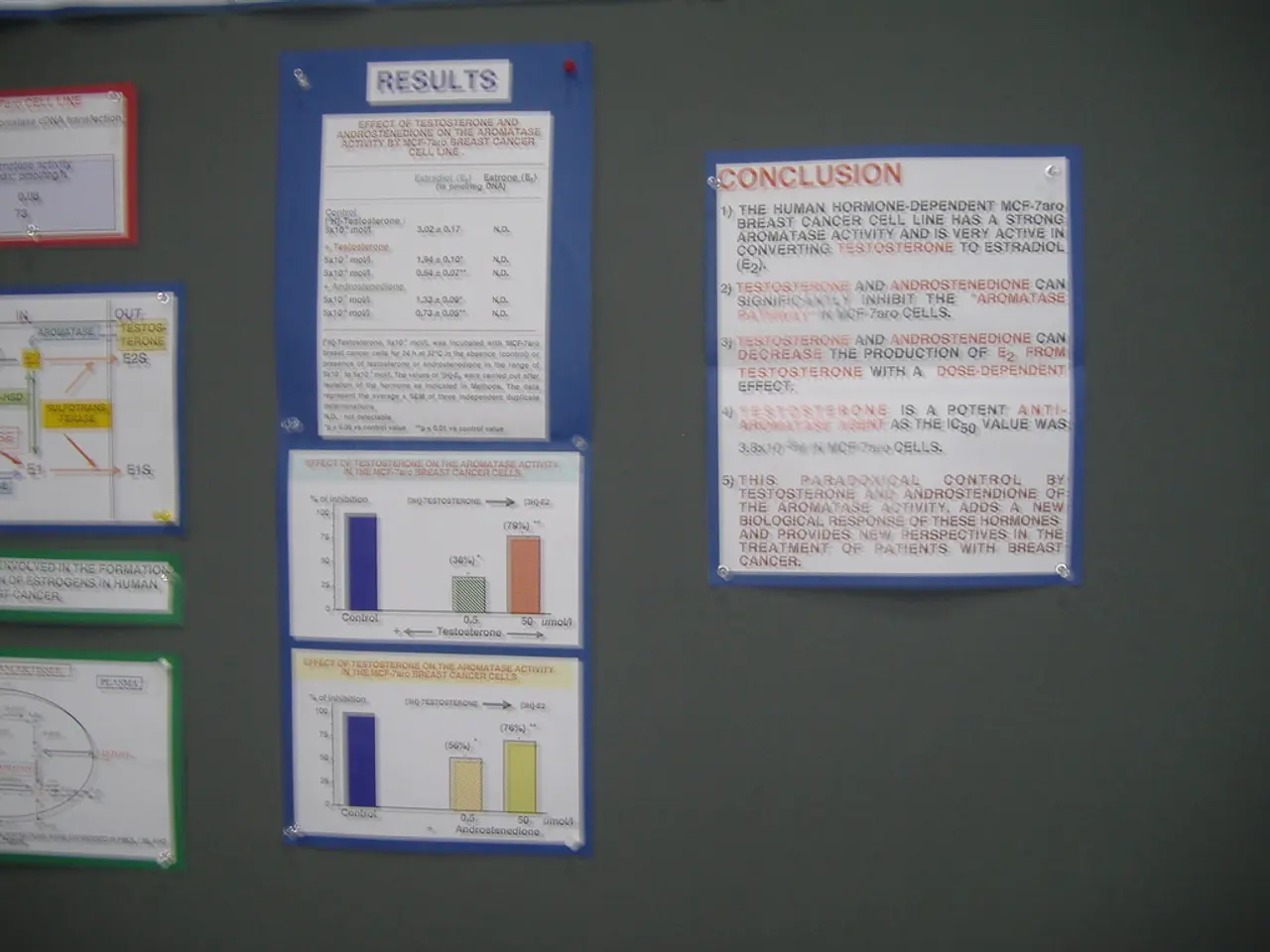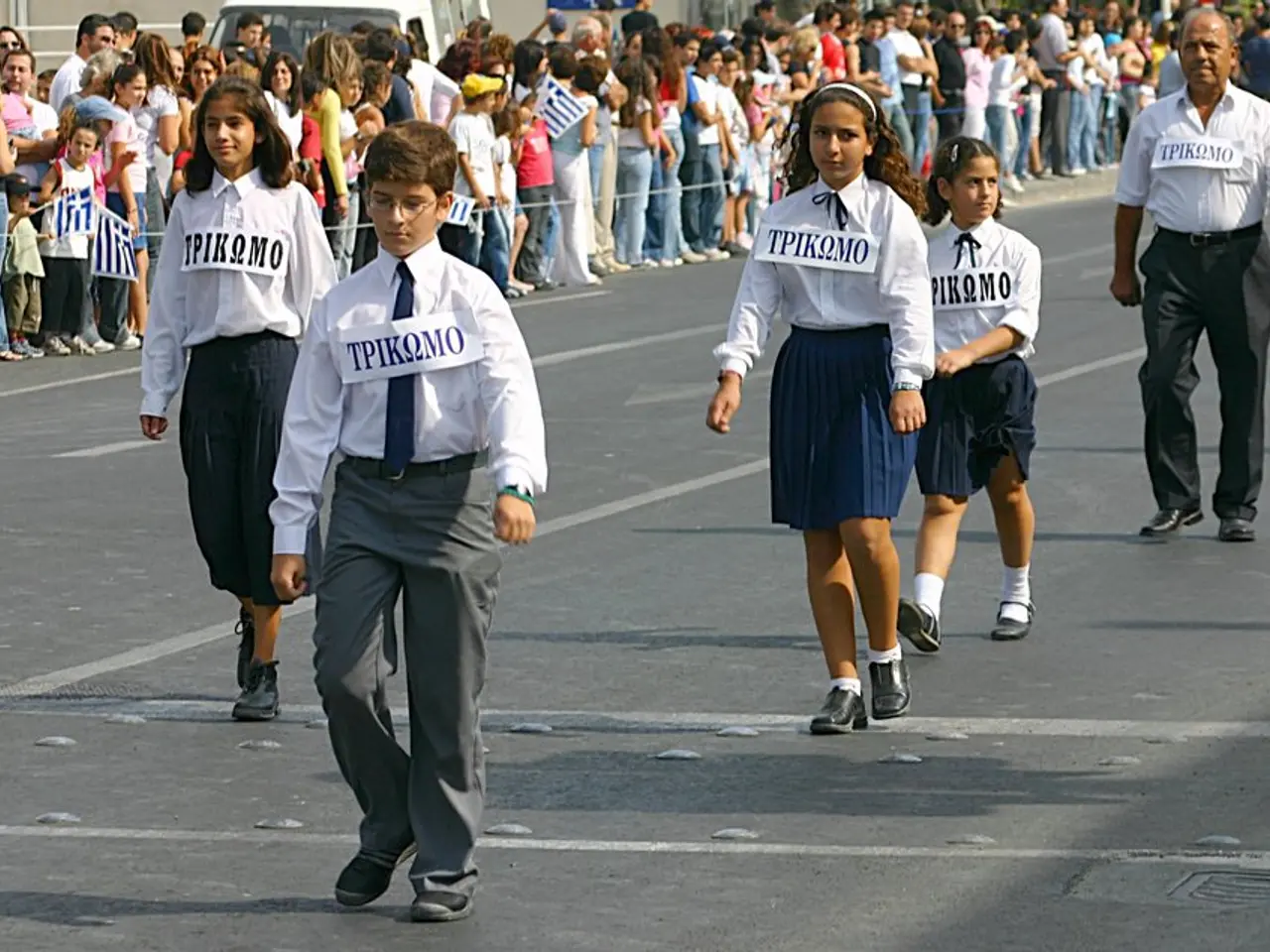Region 9's Brownfields Assessment Application for Potential Polluted Sites in the Pacific Southwest
The United States Environmental Protection Agency (EPA) offers the Targeted Brownfields Assessment (TBA) program to help communities and entities address environmental concerns and revitalise brownfield sites in EPA Region 9, which includes Arizona, California, Hawaii, Nevada, Pacific Islands, and tribal lands within these areas.
Here's a simplified guide on how to apply for the EPA Region 9 TBA program:
1. Identify Eligible Sites: Communities or entities interested in a TBA must identify potential brownfield sites and provide relevant information about these sites to the EPA. This may include environmental concerns, property ownership, and potential for redevelopment.
2. Contact EPA Region 9 Officials: Applicants should initiate contact with the EPA Region 9 Brownfields team to discuss the site and request assessment assistance.
3. Submit a Request or Application: While there might not be a formal application process, interested parties often provide a written request or statement of interest, including information on the site history, current status, potential for redevelopment, community involvement, and any environmental concerns.
4. Collaborate with EPA on Assessment Planning: If the site is eligible and prioritised, EPA staff will work with the applicant and local stakeholders to develop an assessment plan and conduct environmental site assessments, such as Phase I and Phase II Environmental Site Assessments.
### Minimum Requirements for Eligibility
The typical minimum eligibility criteria for the EPA TBA program include:
- The site must be a brownfield, meaning real property where the expansion, redevelopment, or reuse may be complicated by the presence or potential presence of a hazardous substance, pollutant, or contaminant. - The applicant must be a governmental entity, tribe, nonprofit organisation, or other eligible parties recognised by EPA Region 9. - The site should have potential for redevelopment or reuse that would benefit the community. - The site must be located in EPA Region 9's jurisdiction. - There is no requirement for cost-sharing or matching funds for TBA services.
### Additional Notes
- The program provides technical assistance, including environmental assessments, but does not provide grants for cleanup. - Priority may be given to sites that pose immediate environmental or public health risks or where redevelopment would provide significant community benefits. - Applicants are often encouraged to engage in community outreach as part of the application or request process.
For precise application procedures and eligibility criteria, it is best to consult the official EPA Region 9 Brownfields website or contact their regional Brownfields coordinator directly. Scott Stollman, the EPA Region 9 Brownfields Project Manager, can be reached at [stollman.scott@our website](mailto:stollman.scott@our website).
If you need assistance with grant applications related to brownfields (like EPA Brownfields Assessment Grants), organisations such as the Center for Creative Land Recycling (CCLR) provide technical support, and training programs exist to help prepare competitive applications. However, these are typically separate from the TBA program.
- To secure funding for a water cleanup project at a brownfield site in California, a nonprofit organization might seek grant assistance from organizations like the Center for Creative Land Recycling (CCLR) in addition to applying for the Targeted Brownfields Assessment (TBA) program offered by the United States Environmental Protection Agency (EPA).
- In the process of revitalizing a brownfield site in Arizona, a local business could collaborate with the Environmental Protection Agency (EPA) and conduct environmental science assessments, such as Phase I and Phase II Environmental Site Assessments, to address any potential environmental concerns related to land contamination.
- After identifying a brownfield site with significant environmental concerns, an eligible party can engage in environmental-science research to understand the extent of contamination in the area and collaborate with financial institutions to secure funding for the land cleanup process, as the EPA's Targeted Brownfields Assessment (TBA) program does not provide grants for cleanup but only offers technical assistance.






